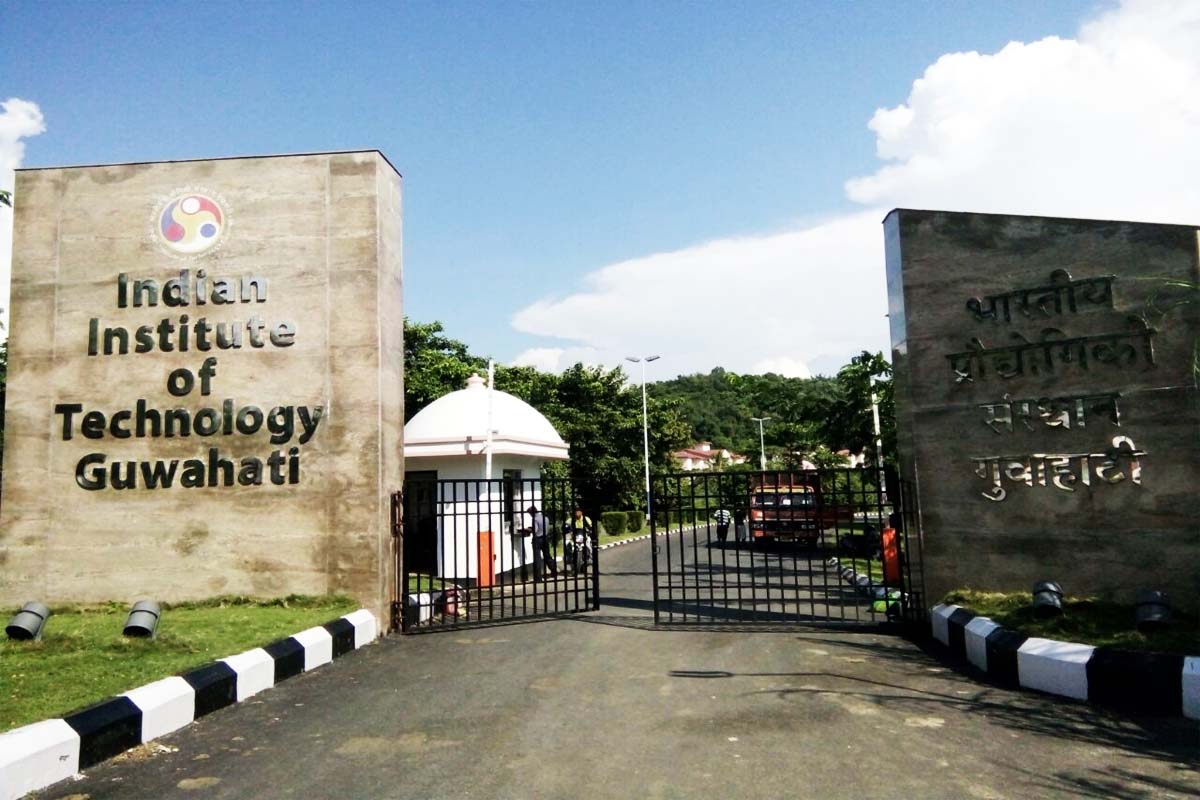IIT-G develops method to transform industrial waste into chemicals
Ethanol obtained from biomass can be turned into high quality fuel

Guwahati, Nov 16: The Indian Institute of Technology Guwahati (IIT-G) on Monday said its researchers have formulated efficient ‘pincer’ catalytic systems that transform industrial/biomass waste into valuable chemicals.
According to the research team, tiny amounts of these ‘pincer catalysts’ convert large amounts of industrial waste such as glycerol into lactic acid and hydrogen.
Such catalysts also efficiently convert bioethanol, a low-energy density fuel, into high-energy density butanol.
The process of conversion
“Pincer catalysts are complex molecules in which an organic moiety holds on to a metal core much like the claws of a crab,” Dr Akshai Kumar Alape Seetharam from the department of chemistry and Centre for Nanotechnology, IIT Guwahati, said in a statement.
The conversion of valuable intermediates such as glycerol and ethanol produced during the processing of biomass into industrially useful chemicals has elicited much interest worldwide, the team said.
Glycerol, for example, which is a by-product in biodiesel production, can be transformed into lactic acid and hydrogen, the former used extensively in food, pharmaceutical, cosmetic and polymer industries, and the latter in the energy sector.
Putting byproducts to use
Likewise, ethanol obtained from biomass can be converted into high quality fuel.
While bioethanol has lower energy density than gasoline and corrodes engine parts when used directly, it can be transformed into higher energy butanol that is immiscible in water and non-corrosive in nature.
The conversion of glycerol and ethanol into such useful products hinges on the development of efficient catalysts that can bring about these transformations.
The research team rationally designed and tested a large library of “pincer catalysts” to be used for these transformations.
The experiments were carried out under environmentally benign conditions without the use of hazardous reagents and solvents.
The most efficient “pincer catalyst” was found to be one that had least crowding around the metal centre.
Such an arrangement enabled easy removal of hydrogen from the initial substances, glycerol and ethanol, and their selective conversion into lactic acid and butanol.
The results of the experiments have been validated by theoretical studies.
Their findings have been published in the Royal Society of Chemistry journals, Chemical Communications and Catalysis Science and Technology.
The scientists plan to take these bench-scale reactions to pilot-plant scale and then to the commercial level with industrial collaboration.
The team believes the work will positively impact the commercial production of lactic acid and biofuels and their multi-billion dollar market worldwide. (IANS)


